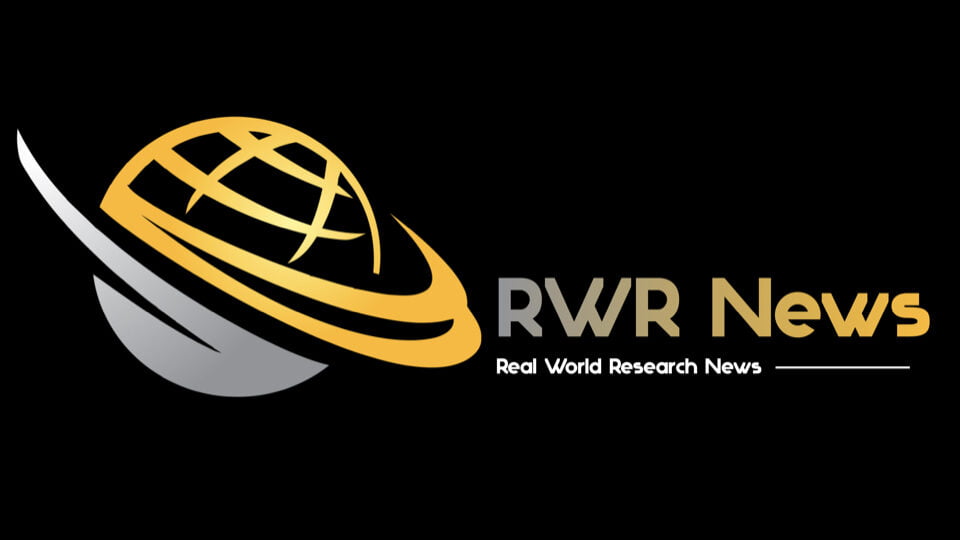
CONTEXT: BMJ article describing a framework for RWE study design to
encourage reproducibility. The framework is intended for use in studies
looking at effectiveness and safety of medical products and claims to be
compatible with multiple study designs. However, in its conclusions the
article acknowledges that while flexible, the template will have
limitations in being applied to all RWR study types, given the wide variety
of modalities. This is certainly a welcome step in the right direction and
does need to be taken on board by the industry, regulators and HTAs.
IMPACT: High
READ TIME: 10 mins
*1. “Real world evidence (RWE) generated from sources of real world data
via the application of principled database epidemiology increasingly
informs important decisions about the clinical effectiveness of medical
products and interventions.12345 Unlike clinical trials, which can leverage
the power of randomisation, or non-randomised studies with prospective data
collection for a specific research purpose, most RWE studies make secondary
use of electronic data collected as part of routine healthcare processes
(eg, administrative claims and electronic health records).” *
*2. “Despite recommendations from the International Committee of Medical
Journal Editors that the methods sections of research publications should
provide enough detail so that others with access to the data would be able
to reproduce the results,6 attempts to replicate results from database
studies have been hampered by a lack of clarity in reporting on critical
study implementation details.7891011 Many organisations recognise this
problem and have created guidelines and checklists for research Existing
guidelines and checklists already have a strong consensus regarding what
main elements are important to report.” *
*3. “Ambiguity in communication of key design and analytical details as
well as data sources and their origins makes it difficult for reviewers to
assess potential for bias or evaluate the robustness of study findings, and
could limit the use of RWE studies in regulatory and other healthcare
decision making.24 Recognising the high variability in quality and
completeness of communication about RWE study implementation,78 an
increasing number of stakeholders have moved towards routine
pre-registration of RWE studies with fully specified protocols to support
regulatory and coverage decisions.25 The International Council for
Harmonization has set short term strategic goals of harmonising the
structure and format of protocols and reporting documents in regulatory
submissions to increase the acceptability of RWE studies.” *
*4. “Development of a template for planning and reporting on RWE study
implementation The detailed study parameters requested in the structured
template on study implementation are from a consensus document developed by
a joint task force between the International Society for
Pharmacoepidemiology (ISPE) and International Society for Pharmacoeconomics
and Outcomes Research (ISPOR).15 The consensus document includes a detailed
catalogue of specific parameters that represent key scientific and
operational decisions made when implementing database studies to facilitate
reproduction, facilitate replication, as well as evaluate validity.” *
*5. “Development of template for planning and reporting on real world
evidence (RWE) study implementation.15 ISPE=International Society of
Pharmacoepidemiology; ISPOR=International Society of Pharmacoeconomics and
Outcomes Research; Transparency Initiative=multistakeholder group led by
ISPOR in partnership with ISPE, Duke Margolis Health Policy, and National
Pharmaceutical Council. In close alignment with the detailed elements
identified in the joint ISPE-ISPOR task force consensus document, the
template includes several tables that are detailed below (appendix 1).” *
Source URL: https://www.bmj.com/content/372/bmj.m4856
